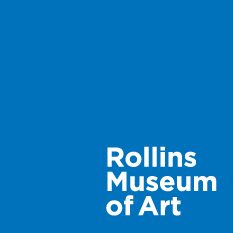A year ago, I wrote about John Sloan’s The Women’s Page as part of a discussion of the prevalence of […]
Joseph Cornell, James Rosenquist, and Generational Transmission
Back in September, I wrote about the affinities between Joseph Cornell and Earl Cunningham, two untrained eccentrics who made collecting […]
George Grosz and America
When I saw the listing on the CFAM website for the artist George Grosz, I wondered if someone had made […]
The Underappreciated Tom Wesselmann
A few weeks ago, I wrote about Wayne Thiebaud, whose career has been much more varied than I had previously […]
Some Notes on Historical Notability
Usually in this space I am eager to share my most exciting finds, such as my renewed appreciation for Wayne […]
California Dreamin’ With Wayne Thiebaud
There is just something about landscape art that helps transport me to past times and places. I was reminded of […]
More Thoughts on the Materiality of Paint: David Stern
Previously in this space, I have written about the necessity of seeing works of art in person, as well as […]
Jim Dine, Mark di Suvero, and the Echoes of Downtown
In one of those quirks of the alphabet I wrote about when considering Joseph Cornell and Earl Cunningham, my list […]
More Thoughts on Photography as Art: Stieglitz, Steichen, Strand
Back in October, I wrote about the moment around the turn of the twentieth century when photography became art. In […]
Esphyr Slobodkina and American Abstraction
This article was originally posted on February 2, 2021 by Grant Hamming. Recently I wrote about the changing taste for […]
On Changing Artistic Tastes and American Modernism, Part 2: Grandma Moses
Last week, I wrote about the shifting American taste in modern art at the middle of the twentieth century. I’d […]
On Changing Artistic Tastes and American Modernism
Recently, while conducting research on the painter Elizabeth Murray (herself worthy of a future blog post), I came across an […]
Winter Scenes
Flashback to December, and I am looking out the window at a sheet of ice, deposited in my corner of […]
Reginald Marsh, Depression-era New York, and Old Masters
In this blog series, I have tended to focus closely on American art. This is, of course, mostly by design: […]
Martin Lewis and Urban America
I was inspired to write this post after enjoying a recent CFAM Work of the Week: Derricks at Night by […]
